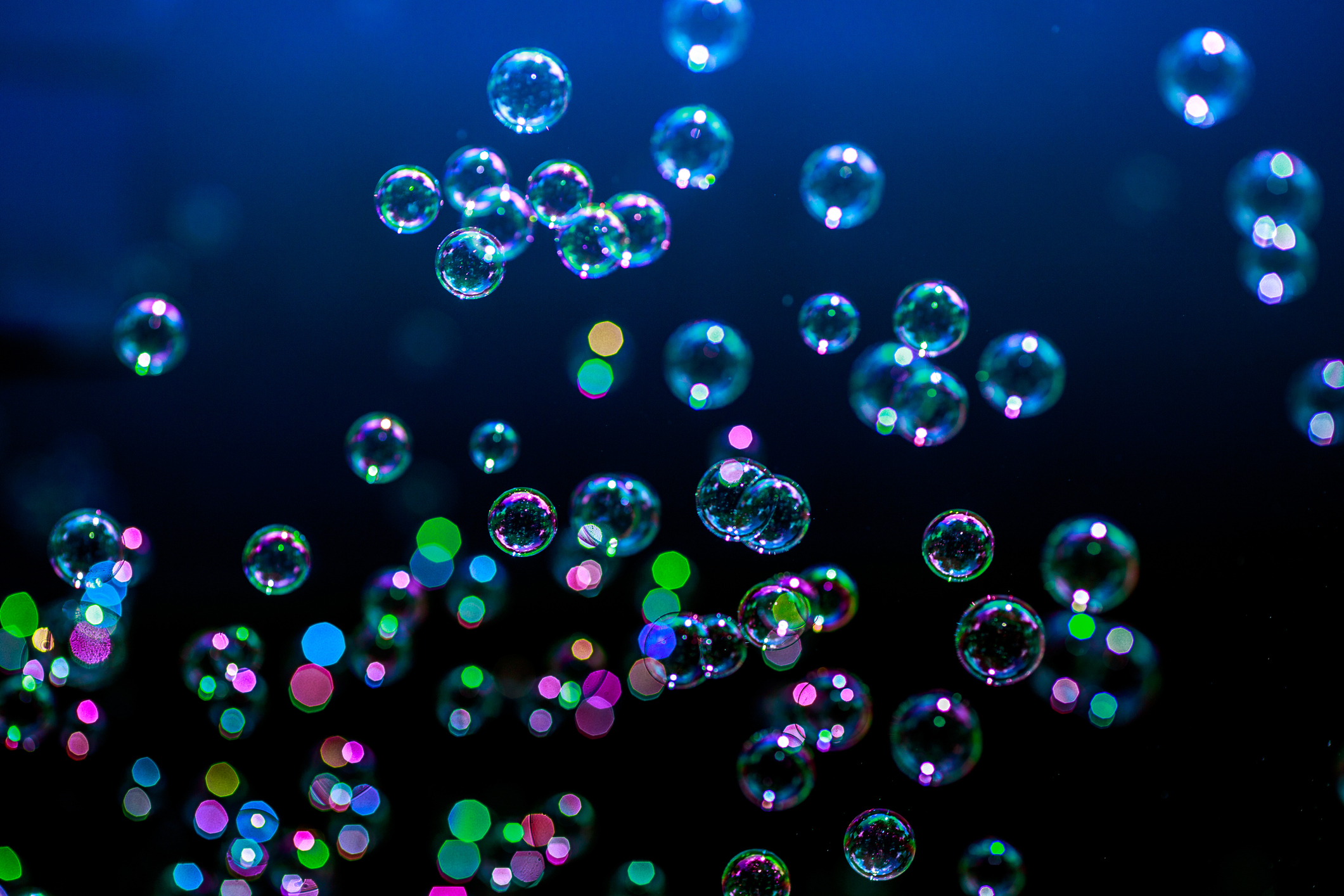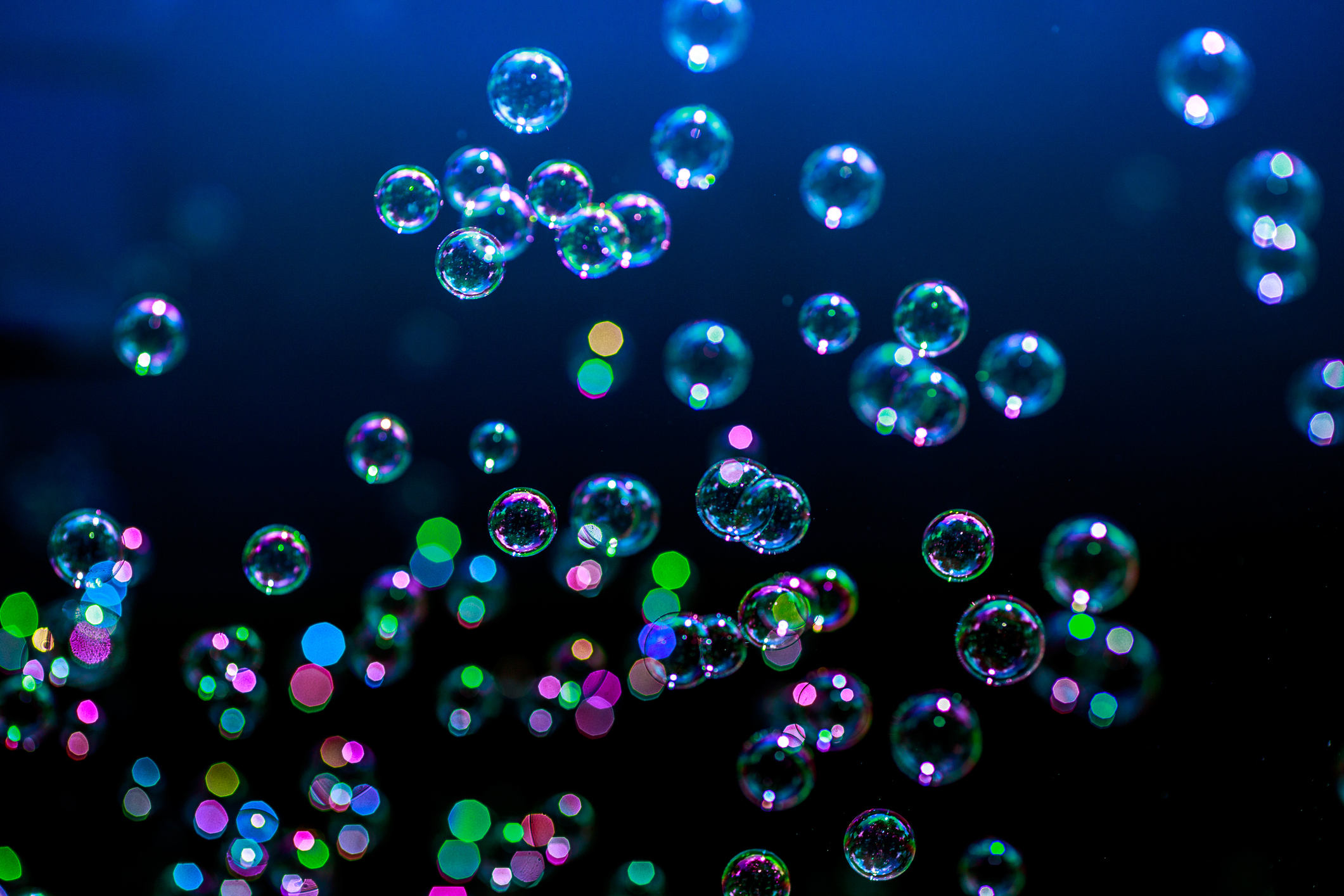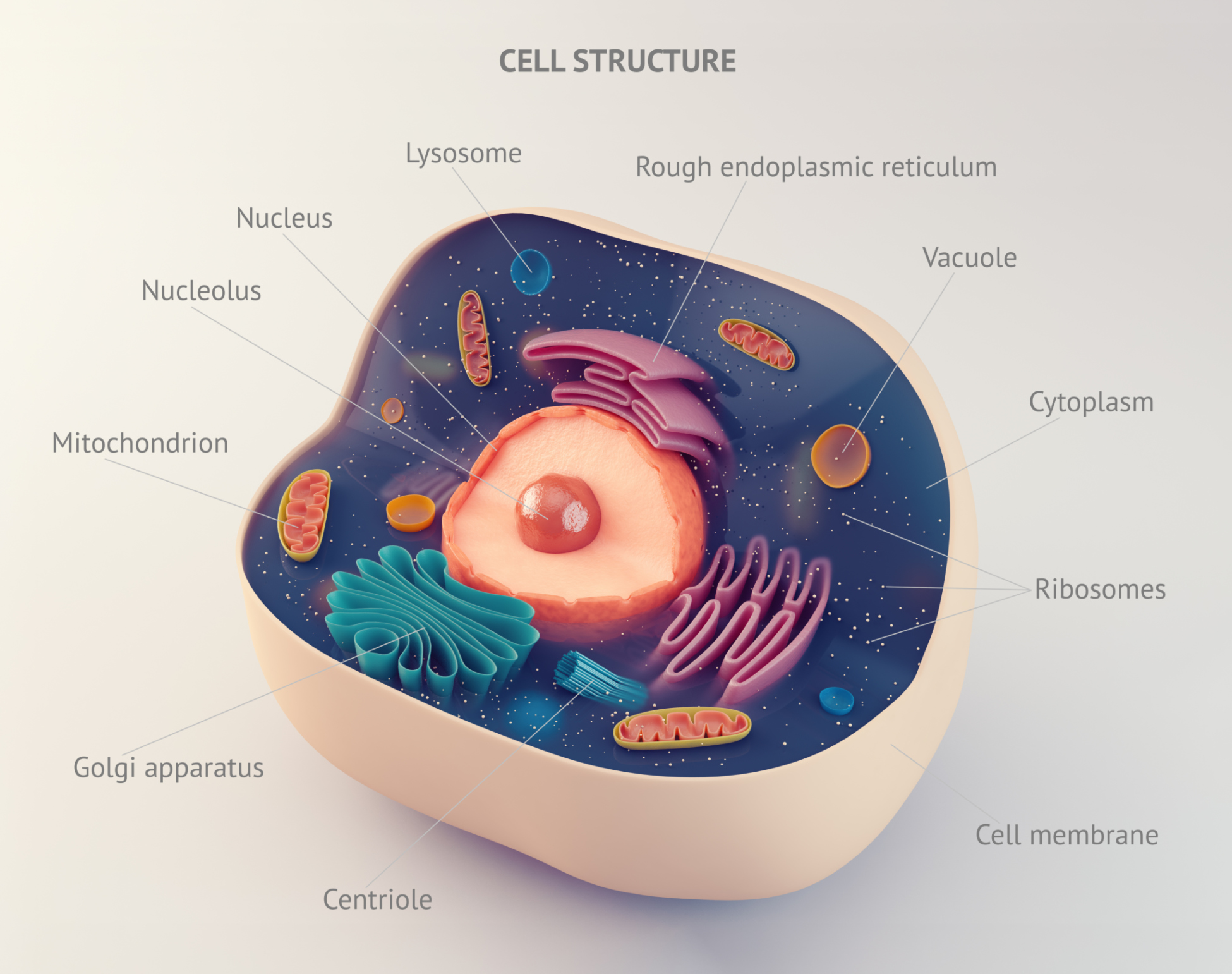Researchers designed a wearable brain scanner that could shed light into Alzheimer’s and other brain conditions, got one step closer to finding a “Holy Grail” of renewable energy, and caught a tantalizing glimpse of a new particle that could help explain the makeup of the universe. Or ... maybe not. What’s much more certain, though, is how cool this week’s coolest scientific advances are.

What is it? Scientists at the U.K.’s University of Nottingham developed a wearable scanner that can image patients’ entire brains in detail.
Why does it matter? “Understanding mental illness remains one of the greatest challenges facing 21st-century science,“ said Nottingham professor Matt Brookes, co-author of a new paper on the scanning device in NeuroImage, who says advanced scanning technologies could help researchers understand conditions such as Alzheimer’s disease. “In many cases, even highly detailed brain images showing what the brain looks like fail to tell us about underlying pathology, and consequently there is an urgent need for new technologies to measure what the brain actually does in health and disease.”
How does it work? Typical neuroimaging technology requires patients to lie still while their brains are being scanned, which hinders scientists’ ability to observe them outside the hospital. The wearable scanner developed at Nottingham uses a 3D-printed helmet, 49 channels, and magnetoencephalography, or MEG, to measure brain activity as patients move about. This could unlock the ability to better scan children, for instance, who find it hard to sit still, as well as people with epilepsy experiencing seizures.

What is it? Researchers at Australian National University have designed a solar cell that splits water molecules into hydrogen and oxygen, setting a world record for efficiency and potentially opening “a new pathway to low-cost renewable hydrogen,” according to the Australian clean-energy news site RenewEconomy.
Why does it matter? Photoelectrochemical (PEC) water splitting, as the technique is called, has been referred to as the “Holy Grail of electrochemistry” for its potential to provide zero-carbon energy. The trick to producing hydrogen fuel from sunlight, though, is doing so efficiently and without great expense. The Australian researchers were able to hit 17.6% solar-to-hydrogen efficiency, which they say represents “the highest efficiency achieved so far for a PEC system based on inexpensive semiconductors for stand-alone water splitting.” (A decade ago, the U.S. Department of Energy set a goal for solar-to-hydrogen efficiency to hit 20% by 2020.)
How does it work? The Australian team used what’s called a tandem cell, layering the mineral perovskite on top of conventional silicon solar cells. Directly converting solar power into hydrogen, the process mimics a phenomenon commonly associated with the plant world, as their paper — published in Advanced Energy Materials — points out: “An elegant and potentially economical route to storing solar power is to convert the energy from sunlight directly into hydrogen in a photoelectrochemical cell, analogous to the photosynthesis process exploited by nature.”
Shedding Light Into Dark Matter

What is it? Physicists running “the world’s most sensitive experimental search for dark matter” have picked up an anomaly in the data. Could it be a new particle, only hypothesized but never glimpsed, whose empirical verification would herald an entirely new model of physics? Maybe! But it could also be some dust in the machine.
Why does it matter? The potential discovery was made under the banner of the XENON project, an international collaboration of more than 160 physicists seeking to better understand dark matter — the stuff that makes up most of the universe but is nonetheless still generally a mystery. What the collaboration is seeing now suggests something that is not dark matter, but would be quite significant nonetheless. “If this turns out to be a new particle, then it’s a breakthrough we have been waiting for the last 40 years,” physicist Adam Falkowski, who was not involved in the experiment, told Quanta. “You cannot overstate the importance of the discovery, if this is real.”
How does it work? The readings come from XENON1T, an ultra-sensitive detector filled with three tons of liquid xenon and housed in an underground laboratory in Italy. The unusual signals it picked up could be evidence of hypothetical particles called solar axions, or of neutrinos acting differently than expected. Either finding could offer an understanding of the makeup of the universe beyond that provided by the standard model, the current reigning theory. But, scientists warn, the unusual data bump could also represent trace amounts of tritium, a radioactive contaminant, present in the xenon tank. More data is needed.


What is it? Japanese researchers used soap bubbles to pollinate fruit-bearing plants in a demonstration that “sounds somewhat like a fantasy” — according to Eijiro Miyako, of the Japan Advanced Institute of Science and Technology — “but the functional soap bubble allows effective pollination and assures that the quality of fruits is the same as with conventional hand pollination.”
Why does it matter? Natural pollinators such as bees are on the decline due to climate change, habitat disruption, and pesticides — so scientists have been searching for alternatives, or methods to supplement in the bees’ dwindling numbers. Pollination by hand is effective but laborious. Miyako and colleagues previously published a study describing their efforts to pollinate plants via tiny drones, but the machines sometimes damaged the plants in the process. Soap bubbles allow for targeted delivery that doesn’t harm the flowers.
How does it work? Miyako was inspired by a day spent blowing bubbles in the park with his son. Confirming in the lab that pollen grains could be carried by soap bubbles, Miyako and Xi Yang — his co-author on a new paper in iScience (PDF) — tested a variety of solutions before finding the one that worked best for their purposes. They loaded up a bubble gun and aimed it at flowers in a pear orchard, finding the technique to be successful. They’ve also tried releasing bubbles from GPS-controlled drone.

Image credit: Getty Images.
What is it? In a new paper published in Science, researchers from MIT and elsewhere zeroed in on tiny droplets, called condensates, that are part of the makeup of a cell — and that could hold the key to the targeted delivery of cancer therapies.
Why does it matter? “This [research] is part of a revolutionary new way of looking at the organization within cells,” said Phillip Sharp, a professor at MIT’s Koch Institute for Integrative Cancer Research and a co-author on the study. “Cells are not little pools of soup, all mixed together. They are actually highly organized, compartmentalized units, and that organization is important in their function and in their diseases. We've just started to understand that, and this new paper is a really important step, using that insight, to understand how to potentially treat diseases differently.”
How does it work? First the researchers selected several specific condensates to study — one kind was called slicing speckles, and another called transcriptional condensate — and then created fluorescent versions of “clinically important drugs,” including some commonly used in chemotherapy. Then they watched as the cancer drugs, added to a mixture that contained the condensates, sorted themselves out. According to a release from MIT’s Whitehead Institute, “Being able to tailor a drug to enter a certain condensate is a powerful tool for drug developers.”





